Filter News
Area of Research
Media Contacts
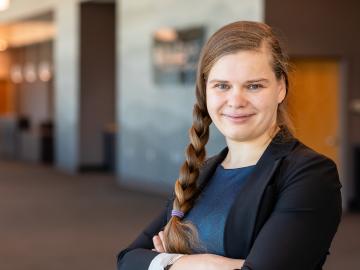
Friederike Bock, a Eugene P. Wigner Fellow, wants everyone to know scientists aren’t just robots—they want to help others understand their research, and they have wide-ranging interests.
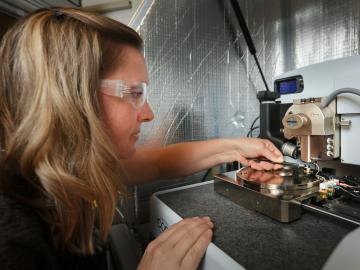
When Nina Balke came to the United States on a Feodor Lynen Fellowship for German scholars, her original plan was to complete a year abroad and return home to native opportunities in materials sciences.
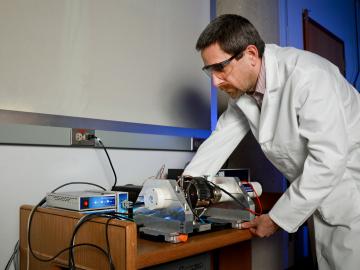
Raphaël Hermann of the Department of Energy’s Oak Ridge National Laboratory conducts experiments to better understand materials for energy and information applications.
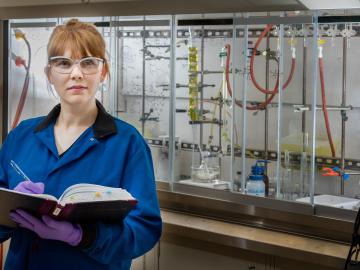
An organic chemist at Oak Ridge National Laboratory, Santa Jansone-Popova focuses on the fundamental challenges of chemical separations that translate to world-changing solutions for clean water and sustainable energy.
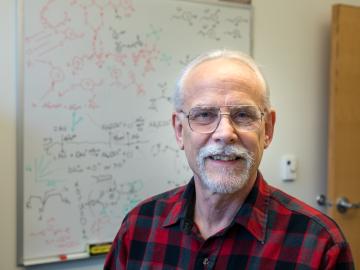
Bruce Moyer’s career as a trailblazing chemist began with a Gilbert chemistry set, the perfect Christmas gift for an inquisitive kid growing up in 1960s Pennsylvania. Moyer squirreled away the test tubes and racks of chemicals in his bedroom to conduct unsupervised experiments on solubility, corrosion, and other subjects included in Gilbert’s captivating manual.

Kevin Field at the Department of Energy’s Oak Ridge National Laboratory synthesizes and scrutinizes materials for nuclear power systems that must perform safely and efficiently over decades of irradiation.

Vera Bocharova at the Department of Energy’s Oak Ridge National Laboratory investigates the structure and dynamics of soft materials—polymer nanocomposites, polymer electrolytes and biological macromolecules—to advance materials and technologies for energy, medicine and other applications.

More than 1800 years ago, Chinese astronomers puzzled over the sudden appearance of a bright “guest star” in the sky, unaware that they were witnessing the cosmic forge of a supernova, an event repeated countless times scattered across the universe.

Jon Poplawsky, a materials scientist at the Department of Energy’s Oak Ridge National Laboratory, develops and links advanced characterization techniques that improve our ability to see and understand atomic-scale features of diverse materials




